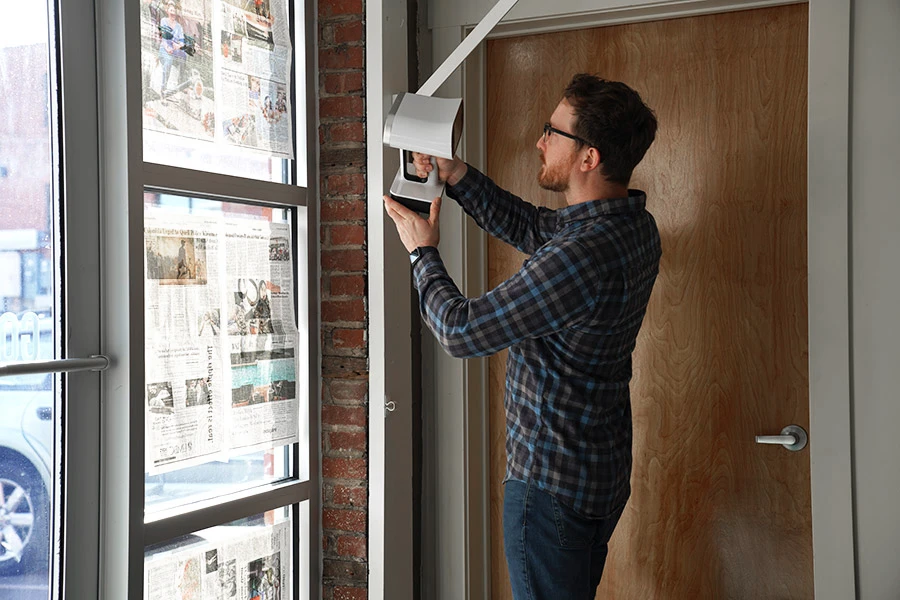
Published on May 4, 2023
Capturing high-quality raw scans during the data acquisition stage is crucial because post-processing cannot always improve the quality of poorly scanned data. What can you do to ensure you get high-quality 3D scan data prior to post-processing?
Read this post ⟶
Published on June 13, 2022
Recently, we created new resources on the topic of reverse engineering. We thought now would be a good time to do a quick roundup of the most recent and most popular Scan to CAD resources available for anyone who is interested in this topic.
Read this post ⟶
Published on March 19, 2021
While 3D scanners scan most objects without a hitch, there are surfaces that are more challenging to scan. Here are some tips on how to scan difficult parts.
Read this post ⟶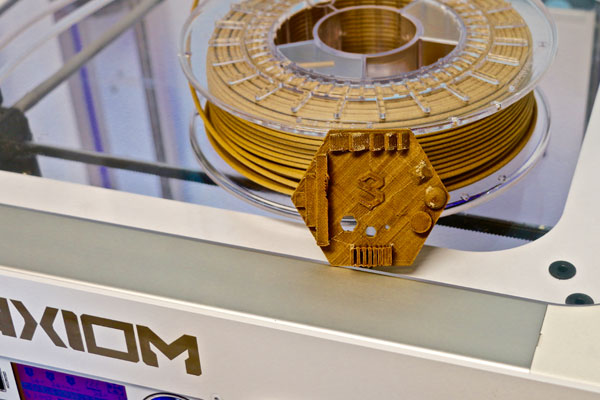
Published on August 20, 2018
How do you gauge the performance of a 3D printer? We’ll show you by performing an accuracy test using a 3D scanner. See how to tweak printer settings to improve accuracy.
Read this post ⟶
Published on July 26, 2018
We answer common questions on field of view, how it affects scan quality, and the difference between a fixed versus flexible field of view 3D scanner.
Read this post ⟶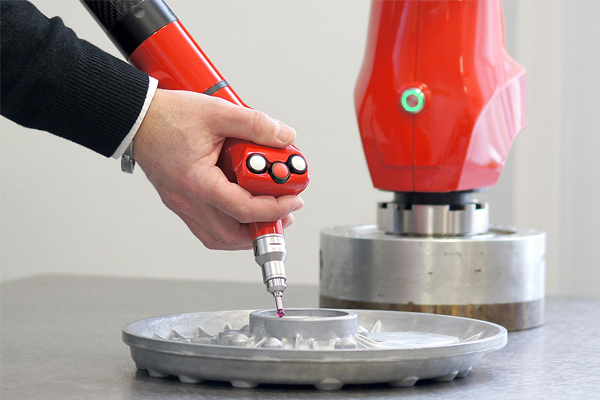
Published on November 7, 2017
We’ll answer basic questions related to portable CMMs, including how they work and what applications are most suitable for using this measurement device.
Read this post ⟶
Published on September 28, 2017
Explaining the different ways to automate the 3D scanning process, versus doing it manually, and the applications most suitable for each method.
Read this post ⟶
Published on May 30, 2017
3D scanners might look like complex technology. Here we’ll explore the mechanics of how a structured-light 3D scanner works.
Read this post ⟶
Published on May 4, 2017
Are there real benefits to adopting 3D printing? Let’s examine concrete examples of how 3D printing has made a real impact on different industries.
Read this post ⟶
Published on November 30, 2016
Reverse engineering makes the design process much easier by using existing knowledge and building off of it. We’ll cover the basics of reverse engineering from scan data to CAD.
Read this post ⟶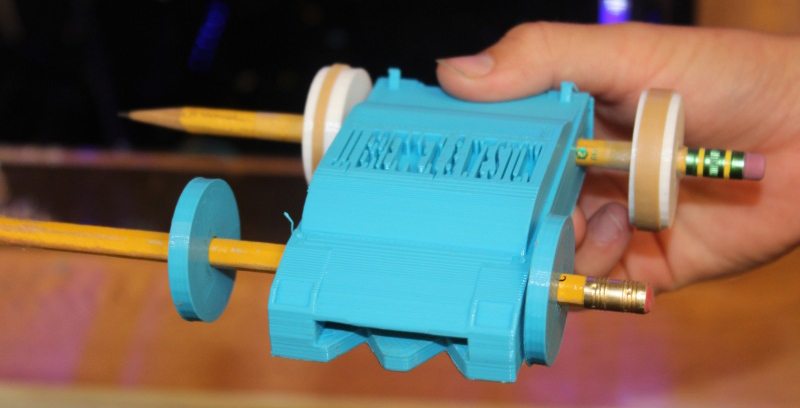
Published on August 31, 2016
3D printing is an interactive technology that gets students engaged about learning. 3D printers give teachers new ways to teach various school subjects by giving students the hands-on experience. While it’s easy to get excited about implementing 3D printers into the classrooms, it doesn’t come without hurdles. Let’s examine how to overcome these challenges.
Read this post ⟶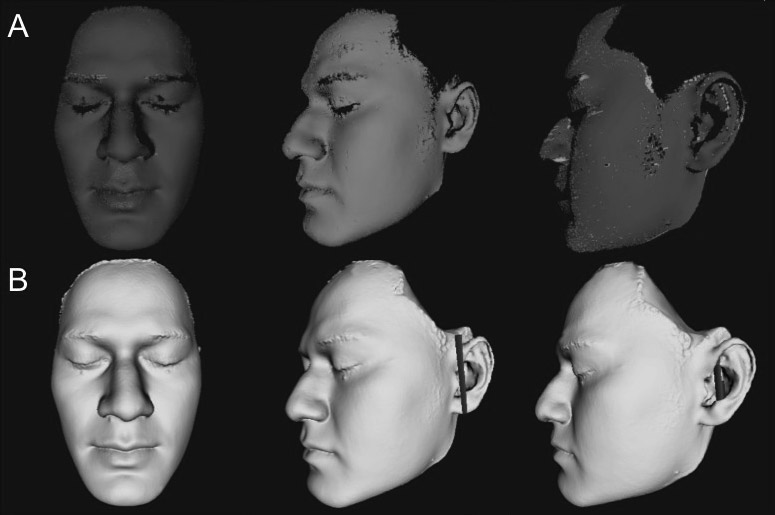
Published on June 2, 2016
3D scanning–more commonly known in the medical field as 3D imaging–is a valuable tool for collecting face and body 3D measurements quickly without any physical contact. With this information, patients can be properly diagnosed to ensure they get the proper treatment.
Read this post ⟶
Published on April 7, 2016
As 3D printing technology is getting more and more inexpensive, is it time for you to consider implementing this technology into your business?
Read this post ⟶